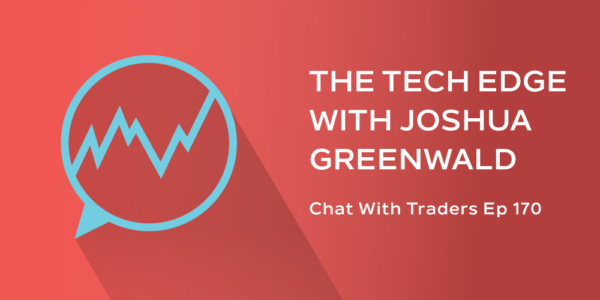
Typically when an investor reaches the final step in the investment evolution process (Missed part one and two?), significant time and effort has been spent with the financial markets. The skills to identify trading candidates and control investment risk should become second nature after experiencing different market conditions and environments. The most aggressive and risky areas of investing are in derivative products.
These instruments may be based on an underlying stock, futures or currency product. The leverage feature of many derivatives increases the potential returns as well as the financial risks. Because of the fast moving nature of these markets,emotion can sometimes override common sense and necessitate strict money management and risk control planning.
Here are the four investment methodologies:
1) Identify Trading Candidate
2) Execute with Risk Management
3) Manage Position
4) Maximize Trend
The same investment methodology applies to derivatives, but often occurs in a condensed time frame because of a number of factors. Many times investors are speculating on short term price movements with derivatives. Again, the leverage can offer significant return on investment but the risk may be proportionality higher as well. The large relative investment size to the overall portfolio and financial risk are variables that can be controlled with various strategies.
The dollar movements on option positions can be significant on an everyday basis. Options are one trading vehicle that can profit from either directional moves or trading sideways within a range. For bullish or bearish sentiment option strategies can be constructed that have less risk exposure than buying or selling the outright stock. Options are often used because of their lower cash outlay and limited risk attributes for certain trades. The desired market direction must be determined and an option can be used as a trading vehicle instead of stock.
Options on securities are also attractive for protection and to place a floor on a purchased stock much like insurance. An investor can use the option instead of a stop loss order and have absolute protection, but at a cost and for a limited time. Sometimes traders will purchase options on a stock because of less up front investment and risk limited to the premium paid for the position. The limited risk feature for option purchases is attractive but neglects the fact that large percentages expire worthless and the entire premium is lost.
Various combinations of buying and selling options can hedge risk and take advantage of inherent mathematical properties in their structure. Option can be used to profit from upward, downward and sideways markets. They can also be used in conjunction with stock positions to increase profitability. From covered calls to diagonal credit spreads many possibilities exist to trade options once a thorough understanding is achieved.
A risk profile can be created to better understand the point at which the position is at break even, maximum loss or maximum profit. After proper analysis, individual investors can determine if it fits within their criteria and risk tolerance for their portfolio. A plan for exit or unwinding an option position can also be created for risk control purposes.
The flexibility that options can provide can make them extremely valuable to investors with knowledge and expertise. There are tradeoffs for using options instead of the base financial instrument and missteps can be costly. A balance between trying to attain higher returns and taking more risk differ for individual investors. Risk tolerance and investment expectations vary for many different reasons. Derivatives are not suitable for everybody and typically those that are successful maintain the discipline to follow their trading plan.










